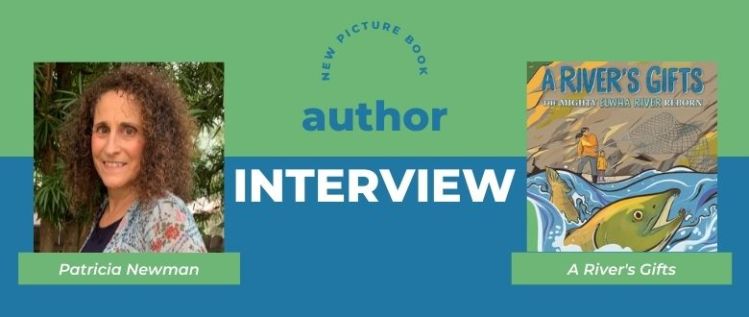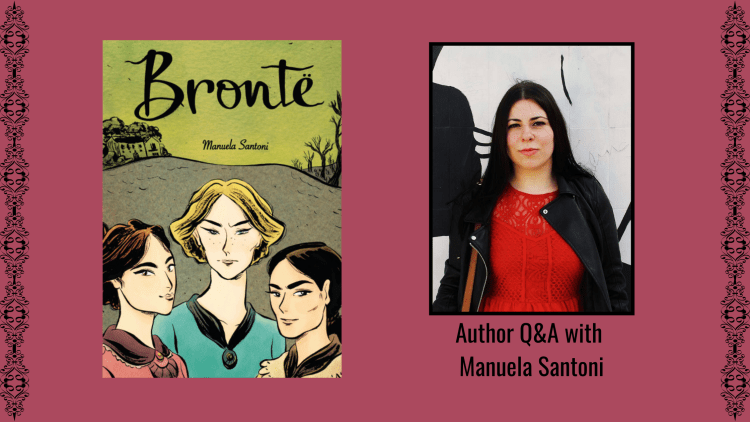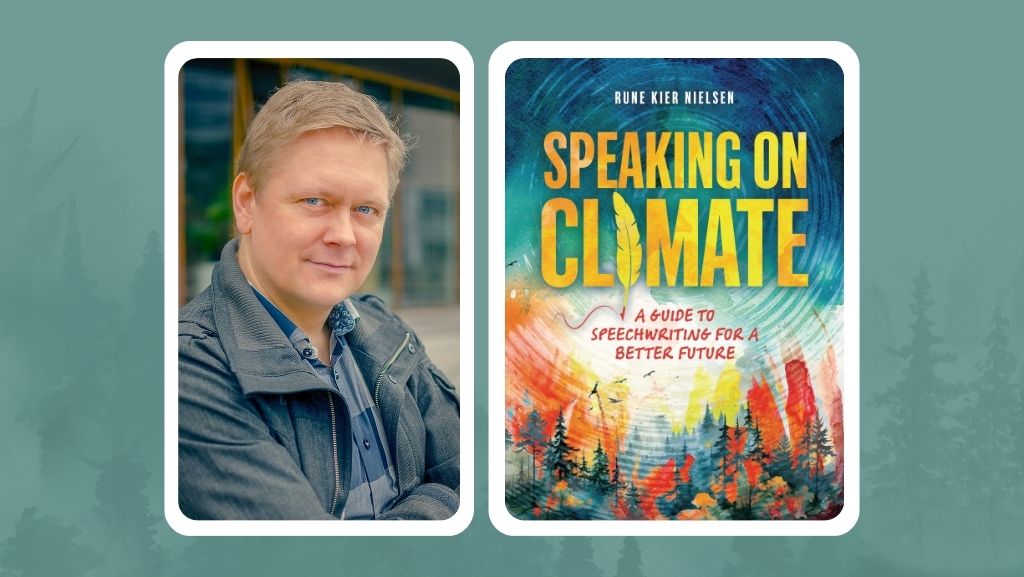A River’s Gifts: An Interview with Author Patricia Newman

The story of the Elwha River in Washington State is one of both environmental harm and restoration involving advocacy, persistence, cooperation, and hope. Author Patricia Newman and illustrator Natasha Donovan tell this story in the new nonfiction picture book A River’s Gifts: The Mighty Elwha River Reborn.
Patricia Newman joins us today to share how she discovered the Elwha River Restoration Project, her research process, and her hopes for young readers. Read on to download the free teaching guide.

Tell us the back story for A River’s Gifts.
My husband came home from work one day and told me about a colleague’s teenager, Theo, who interned on the Elwha River Restoration Project. After living with me for nearly thirty-eight years, he recognized a book idea when he heard one. I did some preliminary research, interviewed Theo, and was hooked.
What appealed to you about this story?
Oh, that’s easy. The rebirth of the Elwha River is a happy conservation story. The Lower Elwha Klallam Tribe, the National Park Service, government officials, local citizens, and scientists formed an alliance to remove the Elwha and Glines Canyon Dams to restore the ecosystem. In our unsettling era of divisiveness (and dare I say selfishness?), this project shows we can achieve much more when we unite to honor the intrinsic value of nature and celebrate our connections to it.
Isn’t this a local story? Why would others outside of Washington care?
The Elwha River’s story is not an isolated incident. More than 1,700 dams have been removed in the U.S. since 1912. In fact, every state in the union has removed one or more old or unsafe dams that no longer produce the electricity powering nearby communities. In 2020 alone, 69 dams were removed. [Source: AmericanRivers.org]
By removing dams, we allow rivers to flow free to nourish our planet. Rivers flow through our history, our lives, and our livelihoods. They connect our cities and towns, provide drinking water, irrigate crops, slow flooding, and support wildlife. Every one of us lives in a river basin—the area of land drained by a river and its tributaries. I live in the Sacramento River Basin in Sacramento, California, where the American and Sacramento Rivers meet. Discover your river basin and learn to appreciate your connections to it.
What research did you do?
I usually stumble across ideas in the most unexpected ways, while on vacation, reading a magazine, or meeting someone at a conference. When my imagination grabs hold of a potential idea, I search to see what else has been written about the topic for children as well as adults. I’ve been on the forefront in the kidlit world of many scientific discoveries (i.e. plastic in the North Pacific and a sea otter trophic cascade), so I’m used to not finding much about my topic—which is a good thing! For A River’s Gifts, I got lucky. Lynda V. Mapes’ book, Elwha: A River Reborn, was a huge help as were the many photos and videos of dam demolition.
My next step is to get the buy-in of the scientists involved. Without them, books like mine would be difficult to write. For A River’s Gifts I needed the buy-in of the scientists and the Lower Elwha Klallam Tribe.
After securing expert help, I visited the Elwha River, hiked around the former Lake Aldwell with a botanist, interviewed a fish scientist at Olympic National Park, a geologist familiar with the area, and arranged behind-the-scenes tours of the tribal fish hatchery and tribal museum.
Part of the story of A River’s Gifts involves the Lower Elwha Klallam Tribe who’ve lived on the river since time immemorial. Yet you are not a member of the tribe. How did you ensure that you wrote with sensitivity and accuracy?
I worked with a contact person at the tribe who ran every draft and question that I had by the Tribal Council. Together we massaged the text for accuracy and completeness. They even helped me research a particular thorny issue surrounding a weir on the Elwha River.

The illustrations for A River’s Gifts are stunning! Did you choose the illustrator?
Natasha Donovan’s illustrations are so rich with color and movement. Although I do not choose the illustrators for my books, my editor asked me how I liked Natasha’s work prior to offering her the job. Natasha is Métis and lives in northern Washington, so she was an excellent choice. She lives this environment. It’s part of her.
A River’s Gifts is a picture book for ages 8 to 12. What do you hope young readers will take away from the story?
I hope readers of any age see our connection to nature. Not only how our habits harm nature, but how we are connected to the everyday processes and cycles of nature. When we understand, we care, and when we care, we protect the world around us.
Praise for A River’s Gifts
“Effectively using a compelling story to illustrate the concept of rewilding, this informative, striking presentation is powerful in its hopeful story that integrates history, environmental appreciation, and explanations of the interdependence of species in a landscape and the politics necessary to save them.”—starred, Booklist
“Beautifully illustrated and informative.”—starred, Kirkus Reviews
Free Educator Resource
Download the free teaching guide and use this title in your classroom! This guide can also be found on the Lerner website here.
Connect with the Author

Patricia Newman gravitates toward stories about animals and conservation science and enjoys sharing her excitement with readers. Her books include Sibert Honor title Sea Otter Heroes, Eavesdropping on Elephants, and Orbis Pictus Recommended Book Planet Ocean: Why We All Need a Healthy Ocean. She lives in California.
Read more author interviews on the Lerner blog here!


Comments